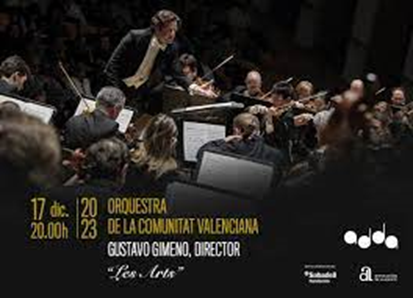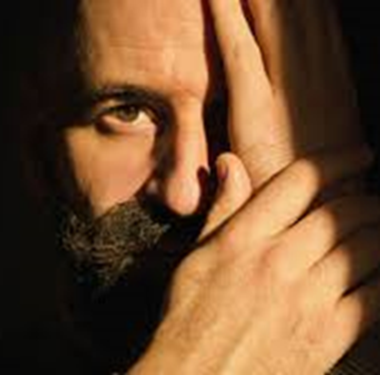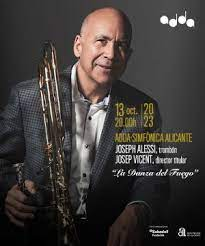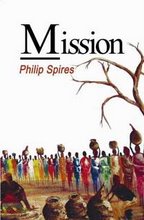Opera in the concert hall bring the music to front stage.
Yes, the singers are there, and they have to perform, but usually there is
little action. It has to be admitted that even in a full staging of La Vida Breve
it might be hard to find much action. A femme fatale is in love with a man
above her social class. She laments the fact that lonely birds die, that lone
flowers wither. A chorus extols the virtue of working for a living, stressing
the identity that shared tasks can promote. But they do repeat the fact that it
is better to be born the hammer rather than the anvil, a none-too-subtle
reference to the difference in social class between the two lovers, Salud and
Paco. Salud’s lover, Paco, does dessert her. He marries someone else, a woman
from a social class similar to his own. No doubt there were family ties to
cement and faces to be saved. Salud finds the prospect of solitude lethal.
There is not a great deal in the libretto, and what there is repeats the
standpoint of the principal characters quite a lot.
So with the music and singing centre stage, what are
we to make of the performance? Well, it was excellent. Certainly committed.
Certainly both lyrical and exciting. Sandra Fernandez as Salud was inevitably
and almost permanently centre stage. Both her voice and her expression were
finally tuned to the role. She came across as a faithful, committed and sincere
lover, who almost worshiped Paco. His rejection, therefore, went to the heart
of her beliefs, the essence of a very identity. Francesco Pio Galasso as Paco
sang the role with both passion and virtuosity, but the role is problematic.
Throughout Paco looked and sounded sincere, but he went off and married someone
else. What was Paco intending to do? Keep face with society while keeping Salud
as his piece on the side? Like Steva in Janacek’s Jenufa, Paco is a role that
does not engender sympathy.
Angel Odena and Marta Infante as Salud’s
family members gave stunningly expressive performances. There was real
character in both their roles, despite the fact that their texts are neither
extensive nor varied.
And so to the music. For Manuel de Falla, La Vida Breve
was an early work, and one can hear how much the young composer was still
searching for a voice. The flamenco style cadences that characterized his music
are here, but there is also the language of symbolism, a little Bartok of Bluebeard
or Wooden Prince, perhaps, some of Schreker as well. There is some Debussy.
They were passages when I felt this could be Pelleas and Melisande. There is a
little Wagner and some Strauss in the orchestration via the splitting of the
strings. But perhaps the most revolutionary episode comes when the music
becomes flamenco, and the characteristic gravelly singing erupts, accompanied
by a guitar. It would be an intervention, but Manuel de Falla is already
skilled enough as a composer to weave the transitions to and from these
interludes into the overall scoring and concept. Pedro Jimenez “Perette” and
Basilio García gave perfect performances of this music.
La Vida Breve thus comes across as a convincing work,
spectacular in its orchestration and at times in its musical ideas, but one
dimensional as a drama. This is not a criticism. It has some very good company
on the opera stage in this category. It is a work that deserves to be heard
more often.






























